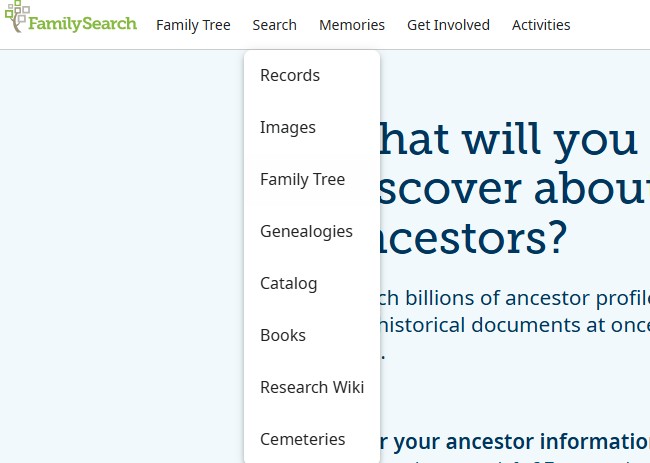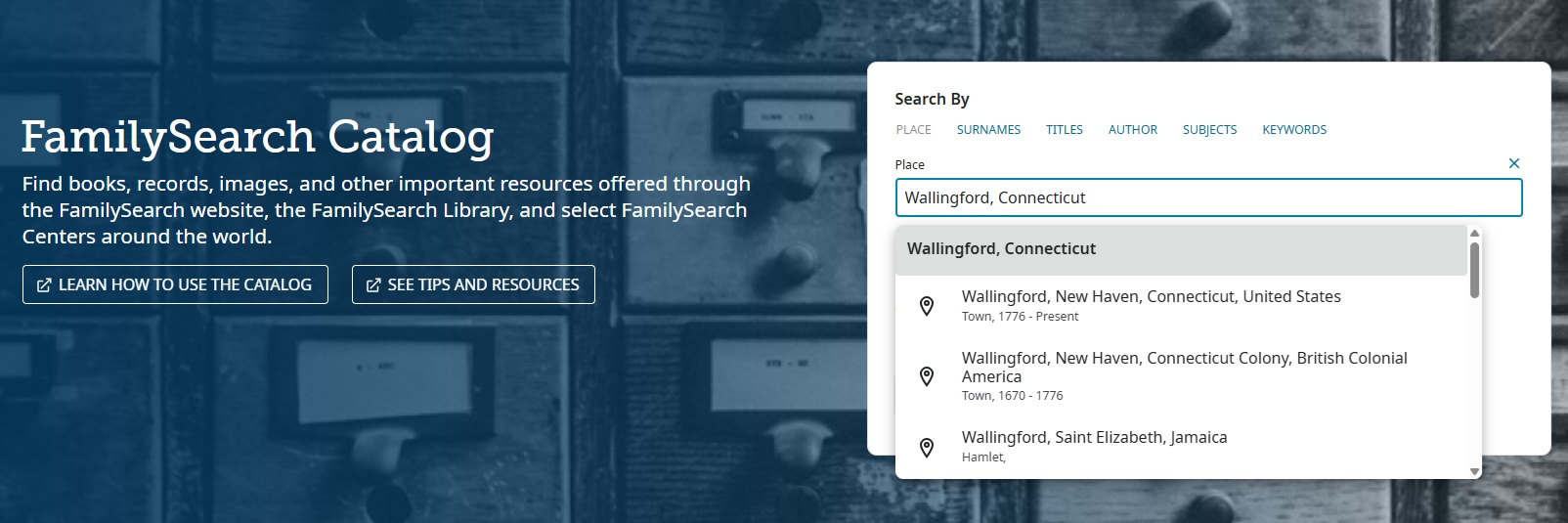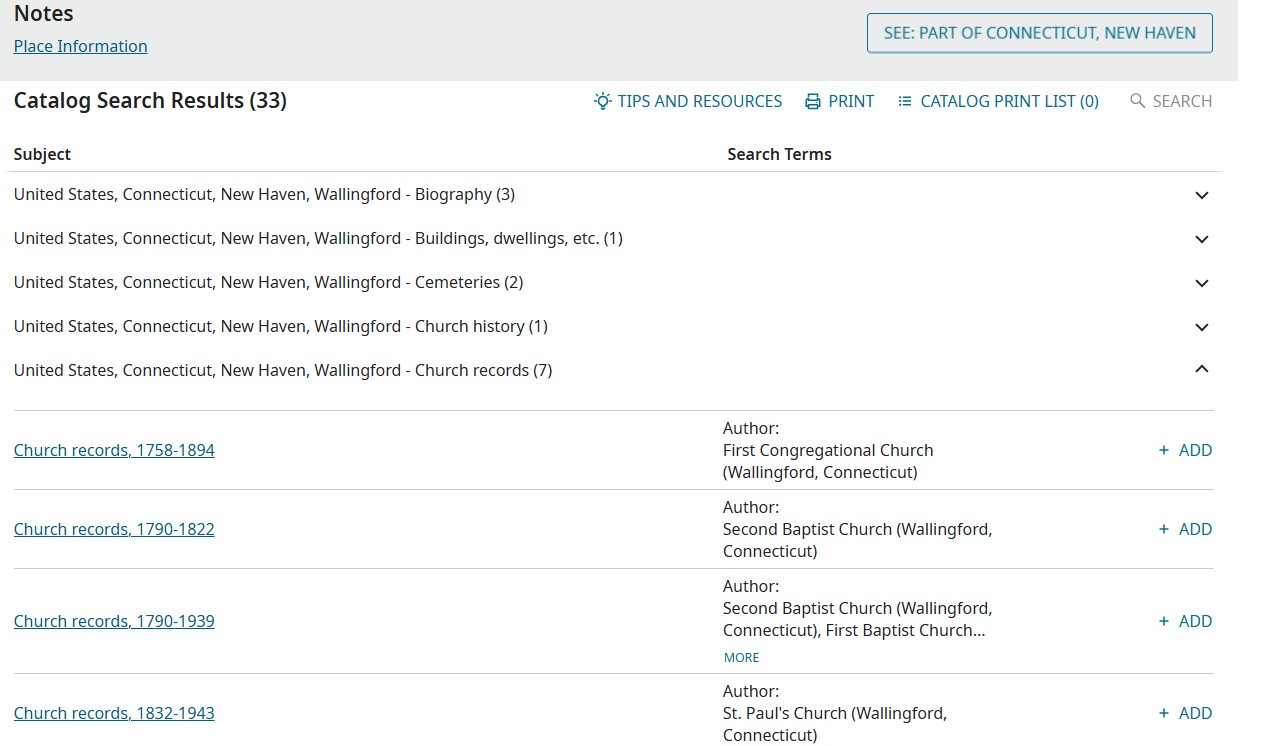The FamilySearch Catalog: the Amazing Free Resource You Might Be Missing
How to find two-thirds of the free genealogy records on FamilySearch
Although many people doing genealogy are using the free Historical Records collections on FamilySearch, many people are unaware of one of the best resources on FamilySearch.org: The FamilySearch Catalog.
What is the FamilySearch Catalog?
The FamilySearch Catalog is a comprehensive catalog of all of the records held by FamilySearch in their FamilySearch Centers throughout the world. Though many of the available records can also be accessed through the Historical Records collections there are some record collections that you can access only through using the FamilySearch Catalog. In fact, FamilySearch recently stated that 2/3 of their free genealogy records are currently only available through the FamilySearch catalog.
How Can I Use the FamilySearch Catalog?
It's important to note that when using the FamilySearch catalog, you will NOT search for your ancestor's name. You will need to locate record collections in which to search for your ancestor first.
Let's look at a specific example of how I can use the FamilySearch Catalog to find helpful record sources for finding my ancestors. I have ancestors that were living Wallingford, New Haven County, Connecticut in the 1800s and I am interested in finding records about Wallingford to find records.
I will first go to the FamilySearch Catalog by going to FamilySearch.org and clicking on the Catalog link under Search at the top of the page:

Once I click on the Catalog link, I will get the main FamilySearch Catalog page.
On this main catalog page, I will begin with a Place search. It usually works best to start by typing the smallest geographical area first. I am interested in records for Wallingford, New Haven, Connecticut; the town is the smallest place: Wallingford. As I type in "Wallingford Connecticut", the appropriate place name will appear.

I will then click on the appropriate place name that appears on the screen and click on the Search button.

I will then receive a summary screen listing the available records in the FamilySearch Catalog for Wallingford, Connecticut. As I click on the invidividual items the detailed information for each item will appear.

As I click on individual items I will view more information about that particular record source. For example, if I select "Church records, 1758-1894" for the First Congregational Church, I will find more details about these records.

I will then look for more details about the item.
If the item is a book, it will have a book call number listed such as "974.67/W3 H2d".
If the item is a microfilm, it will have a microfilm number listed such as "United States and Canada Film 1234567".
If the item is a microfilm it will have one or more of the following symbols:

|
Digital images are available by clicking on the camera image |

|
Digital images are available, but only at a FamilySearch Center. To find a center near you, use the FamilySearch Center locator tool. |

|
There is a searchable name index available |

|
Full-text search is available. For more information about how to use full text search, see our article Unlocking FamilySearch: Mastering Full-Text Search |

|
Record is on microfilm only and can only be viewed in the FamilySearch Library in Salt Lake City, Utah |
If the item is a book and is accessible online, it will have a link to the digital book on the FamilySearch website. If the item is a book and there is no link to view the book, it is not digitized and can only be viewed in the FamilySearch Library in Salt Lake City, Utah.
These are a few basics on using the FamilySearch Catalog by place. You can do a place search for larger geographical areas for records that apply to a large area such as "New Haven, Connecticut," "Connecticut", or "Denmark."
FamilySearch has an excellent in-depth video on using the FamilySearch catalog.
Using the FamilySearch Catalog will give you access many records to help you move your genealogy research forward. The FamilySearch Catalog is a core resource for all of your research.
Need help finding more records? We have genealogy research services available. You can also try our genealogical records directory which has more than 1.3 million sources to help you more easily locate the available records.
Related Topics on This Site
- Learning Genealogy Articles more than 140 helpful articles to help you to do genealogy more effectively
- Why to Use the FamilySearch Family Tree It's a good idea to put your genealogy research information into Family Tree
- Unique Features of the FamilySearch Family Tree A brief summary of the unique features of Family Tree
- More articles and tips for doing genealogy